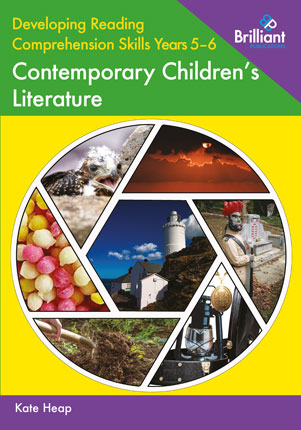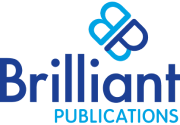Improving comprehension in SATs

What is the most effective way of encouraging children to read modern stories in preparation for KS2 SATs?
As children approach the KS2 SATs and the 11+ reading comprehension papers, one of the most helpful activities for them is the reading of modern children’s stories.
Not every children’s author is going to appeal to every child, and so having a range of extracts available can not only encourage the children to read but can also help them discover their own favourite authors, and then explore more of their work.
Which is why a collection of stories by the likes of Dan Smith, Lindsay Galvin, Katie and Kevin Tsang, and HS Norup, can be exactly what is needed to allow children in Years 5 and 6 to discover their own particular tastes, while exploring a wide range of reading.
Indeed, the book “Developing Reading Comprehension Skills Years 5–6: Contemporary Childrenʼs Literature” not only contains 12 highly varied extracts, it also contains a range of exercises on enhancing vocabulary, information retrieval, summarising ideas, justifying inferences, predicting what may happen, the meaning of the text, looking at how the author’s use of language enhances the story and making comparisons and contrasts within the text.
What’s more the book is arranged so that the extracts fall into order of difficulty, while the Reading Content Domain question types are helpfully placed in the order in which they appear in the SATs.
Added to this the activities within the book can be dealt with through small group discussions, or with the whole class. This is particularly helpful as some of the extracts are deliberately chosen to extend the children’s understanding beyond their existing level, as new vocabulary is introduced, and comprehension grows.
Through this, children become more and more aware of, and engaged with, all the contemporary genres of children’s literature both from within the UK and elsewhere.
There is a lot more information about, and extracts from the book, on our website where you will also be able to find pages from the volume giving questions, and activities, and a complete list of all the extracts used in the book.
